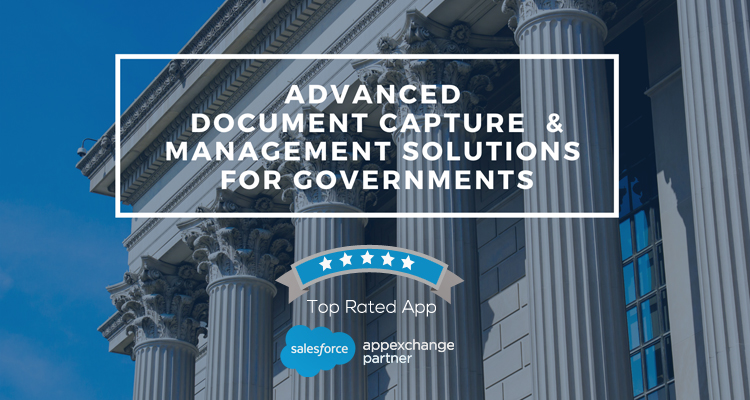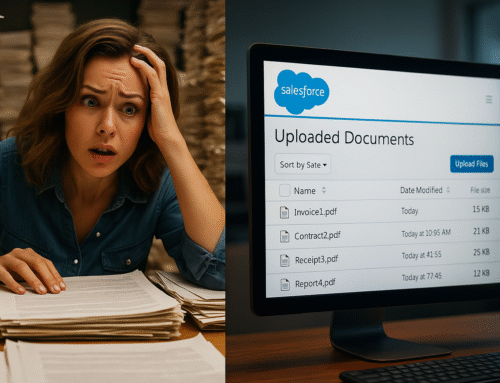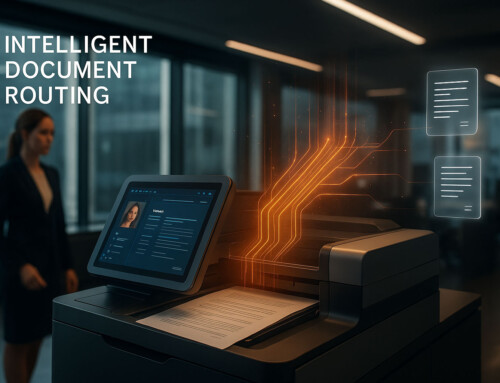 What are the benefits of going paperless? Start with the saving of money. Research tells us that an average office worker uses an astonishing….10,000 sheets of paper every year. This forces governments and corporations to spend a whopping $120 billion each year on printed forms, most of which end up in the trash bin.
What are the benefits of going paperless? Start with the saving of money. Research tells us that an average office worker uses an astonishing….10,000 sheets of paper every year. This forces governments and corporations to spend a whopping $120 billion each year on printed forms, most of which end up in the trash bin.
Then comes the saving of time. With the use of paper tripling over the past few decades, an average government official as well as a corporate executive spends a combined six weeks of their time, each year searching for important documents in the clutter. Little wonder, then, that 80% of organizations surveyed by Xerox want to go paperless.
However, while the benefits of digitizing paperwork are obvious, the disadvantages of paperless office aren’t as equally understood. This is why we’re going to discuss the challenges government officials face in sorting, scanning and digitizing paper before recommending a few solutions.
Challenges Faced In Digitizing Paperwork
Here are the challenges government departments might face in going paperless:
Potential for human error
Many things could go wrong when digitizing paperwork using electronic record systems. Some of the most glaring mishaps include accidental deletion of stored documents, incomplete scanning of documents, and wrong or incomplete tagging of files.
Threat of equipment breakdown
Many officials are rightly worried about hackers getting access to their precious data. What the majority fails to consider is the threat of hardware failure. What would happen if the equipment storing their data suffers a breakdown? Or if the area in which their office is based suffers a major power outage?
Threat of security breaches
Government departments are particularly vulnerable to this threat. The perpetrators of ransomware attacks know that since such departments offer public services, they cannot afford to have their data compromised and thus have no option besides paying the ransom to recover their data.
Takes time and money
US Federal Government agencies that have already gone paperless – or are preparing to do so – know how much time (and cost) it takes to teach employees the skills using which they can get rid of their age-old paper handling habits and make full use of digital document platforms.
Lost productivity and labor costs
Even if the process goes without a hitch, it may take as much as five minutes to sort one page from many, scan it, tag it and file it under its name. For organizations that handle a lot of paperwork, that might cost them millions of dollars a year in lost productivity and labor costs.
Solutions
Here’s how you can overcome the challenges posed by a paperless system:
Carry out extensive training sessions
How to minimize the likelihood of human error? One way is to train the workforce on the tasks they’re going to perform. This will help them expand their knowledge base and work on areas where they’re weak. Trainees will also be able to gain skills using which they can work effectively in their new roles.
What’s more, while training programs cost money, you can look at them from another perspective. They will help minimize costs in the future by increasing the productivity of trainees and minimize the errors that they’d have made without prior guidance.
Prepare backup of backup
There are various benefits of backing up your data. It provides an excellent safeguard against failed hard drives and operating system fails. If you’re backing up your data to a cloud storage system (recommended), you’d be able to retrieve it from any location and without an internet connection.
Scan and Import all your sensitive documents to any of the world’s leading document management systems. Our favorite software for this task is ccScan. It lets you capture, scan and import documents to the likes of Salesforce, Google Box and other cloud storage services within a matter of minutes.
Protect your organization against malware attacks
Apply the top-down approach to protect your organization against online threats:
- Start by applying a firewall on all of your organization’s connections. The firewall will act as your organization’s first line of defense against malware and ransomware attacks. Make sure both your systems as well as your router have it.
- Use sophisticated security software to protect all the devices in your organization. We recommend looking for security software that can identify suspect websites, prevent hacking and deal with the problem of identity theft.
- Make sure that both your online and offline data are encrypted using software. Encryption not only keeps your data safe from online attacks. It also helps maintain the data’s integrity by not letting any miscreants alter it.
- Secure your wireless network by using the strongest encryption setting possible. Multiple types of wired and wireless network encryption are on offer these days. Talk with the personnel in your IT department to decide which encryption setting will suit your organization better.
- Ensure your devices are getting automatic software updates. Periodic software updates help cover security flaws that hackers love to exploit. They also protect your data and patch the loopholes to keep hackers out.
Conclusion
There are multiple reasons why your department might want to go paperless. The first is the freeing up of office space currently taken by filing cabinets, scanners and printers. Going paperless also saves you the time that you’d otherwise spend scouring through the clutter for essential documents.
Paperless communication also gives you a chance of rectifying your mistakes. That’s because electronic documents, as opposed to paper ones, allow you to fix your slip-ups without leaving a trail behind. And they would also help slash the costs your organization is currently spending on procuring stationary.
This is why you might want to tackle the above mentioned challenges head-on. Granted, none of the obstacles will be easy to overcome. But provided you act on the solutions recommended above, there’s no reason why you won’t be able to bypass them.





